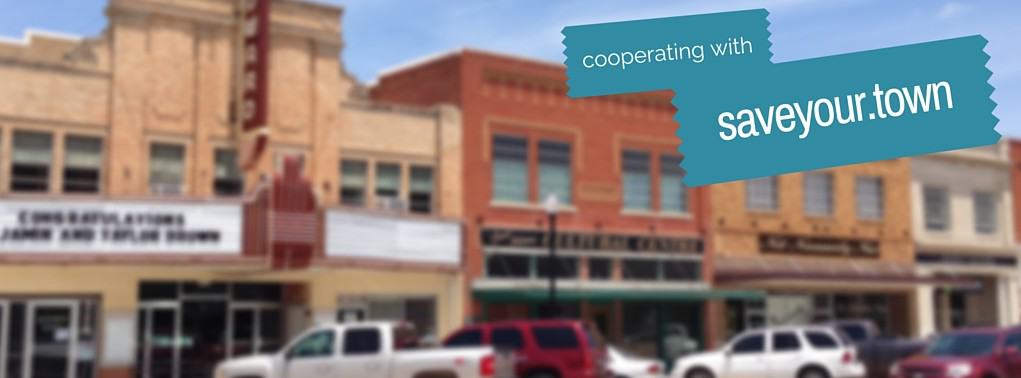Who do we envision ourselves becoming?
The big framing question, “Who do we envision ourselves becoming?” was written in wide black marker on a large flip chart and placed at the front of the room for easy viewing. I introduced the question and gave some context. The ten local leaders stared blankly at it. The organization these leaders represented had been in existence since 2006. That’s not a long time in community and economic development years. Yet long enough to experience considerable success, then slump into a slow decline. This group of local leaders had come to a fork in the road around their purpose as an organization. Now they were faced with uncovering who they would need to become. They needed to regain success for the future of their organization and the community.
In the past 18 years, this organization has raised $8 million locally for projects. It also leveraged an extra $50 million in outside investments. These local leaders have been a catalyst for both big and small changes in their community. But shifts in organizational leadership and the pandemic halted much of that success. Some people told them, “Regroup and keep doing what you’re doing because it worked great in the past!” However, this group chose to have a deep-dive conversation. They focused on uncovering who they see themselves becoming as they considered their role as a catalyst for creating a thriving community.

Whether it’s Kentucky or the Dakotas or anywhere rural, leaders can unlock community potential. Photo by Deb Brown.
I use the word “catalyst” to define this organization because collectively, as a group of volunteer local leaders, they are accelerating change in their community by strategically overcoming barriers and reinvesting local funds into projects. This has led to a regeneration of the region.
Happily, by the end of our deep-dive conversation two hours later, this organization’s leadership had come to a consensus. They would become the local catalyst that invests today for a prosperous tomorrow. And they would achieve this through thoughtful investment strategies, high-leverage collaborations, and game-changing economic impacts for the whole region.
So, if you feel stuck in your community, keep reading. You’ll learn how a group of leaders from your community can use this catalyst approach to drive change. You can create a stronger, more connected, and resilient community.
Action 1: Broaden the vision by shifting your perspective to see the community’s big picture. Before you take any action, talk to various parts of the community. This will help you understand the local challenges and priorities.
Action 2: Build stronger connections by networking widely. Meet with local and regional leaders. Also, connect with organizations, residents, and other stakeholders. Engage in partnerships that can drive collaborative action.
Action 3: Develop skills in facilitating group discussions and meetings. Focus on creating inclusive environments where everyone feels heard and valued. Empower others to take an active role in community initiatives. Create opportunities for community members to share their ideas and take ownership of their ideas.
Action 4: Advocate and educate by using your newly found understanding, relationships, and influence. Take the community’s needs and interests to local governments, businesses, and others. Then, seek support, investments, and in-kind resources for community projects.
Action 5: Foster community innovation by supporting and investing in new approaches that address issues in creative ways. Celebrate the achievements and contributions of community members. Highlight successful initiatives to inspire more action.
Action 6: Listen and adapt based on the community’s feedback. Build resilient strategies to ensure your efforts are still relevant and effective. Community dynamics will shift. Staying flexible lets you respond well to new challenges and opportunities.
Action 7: Model great leadership by upholding high ethical standards, building trust, and showing genuine passion for the community’s well-being. Your integrity and enthusiasm can inspire others to join your efforts.
Over and over, I hear catalyst stories from big towns and small towns across South Dakota. They achieve localized success by implementing these collective actions. Join the ranks of community catalysts by gathering local doers to accelerate change in your community.










